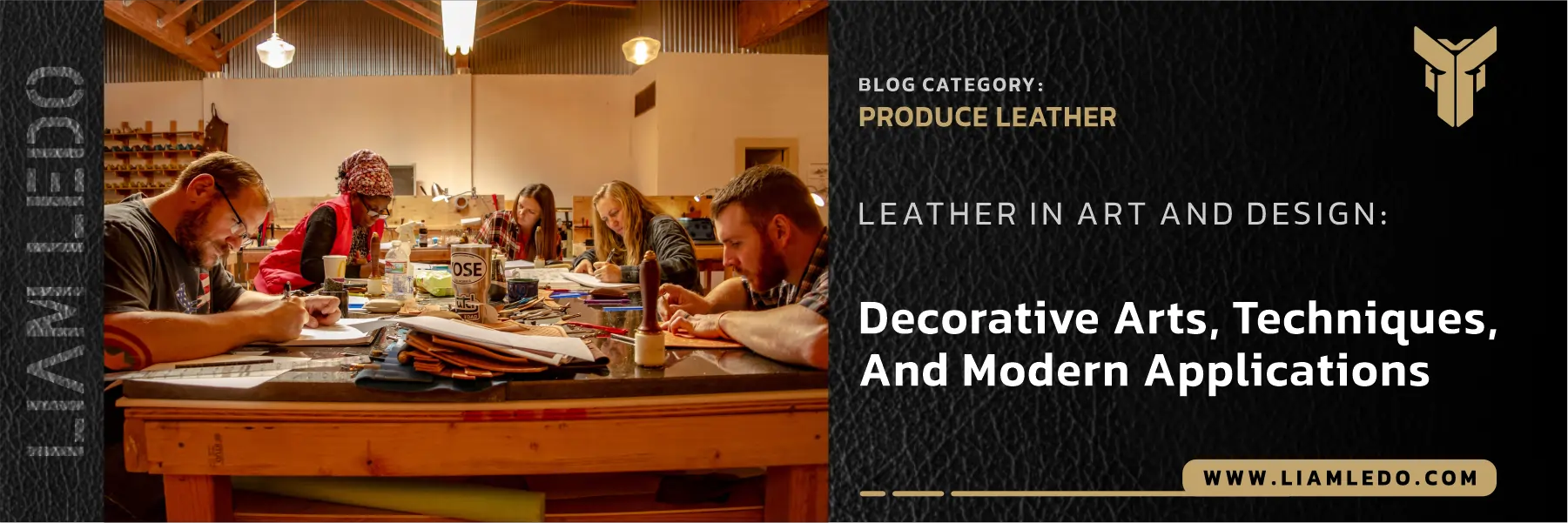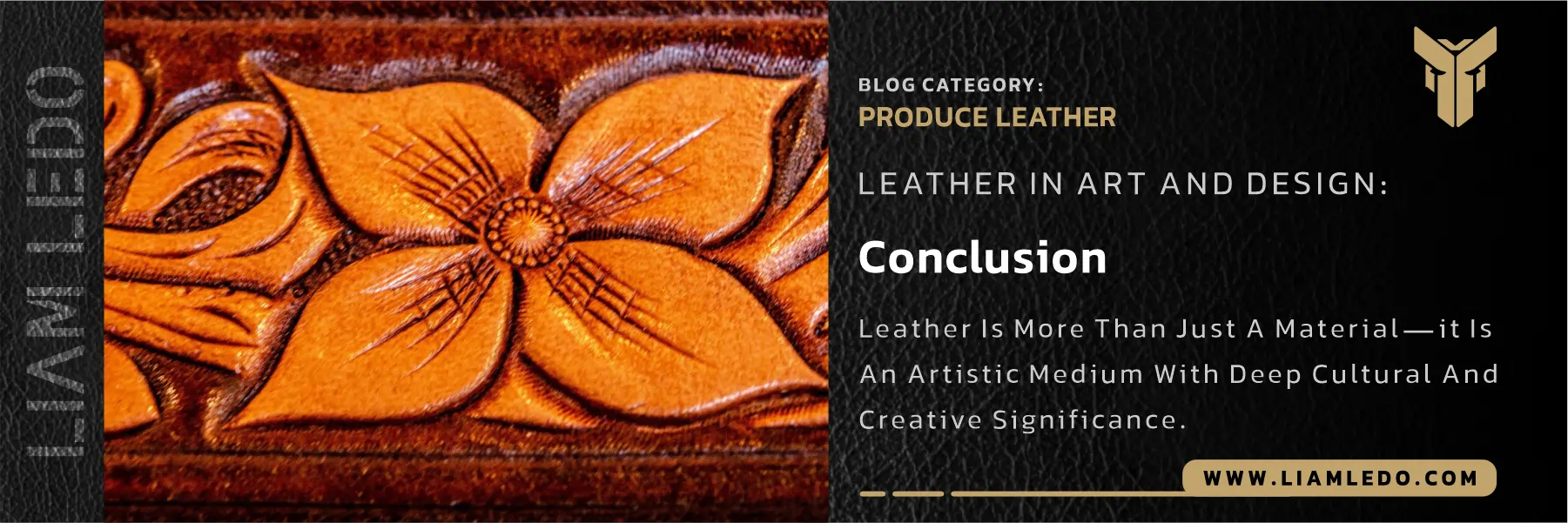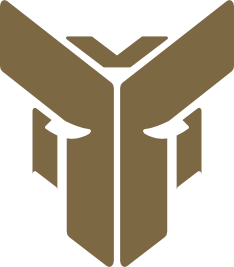
Leather decorative arts and crafts have played an essential role in human culture for centuries. From ancient civilizations to modern creative industries, leather has always been valued for its durability, flexibility, and timeless beauty. Today, leather continues to influence both art and design, bridging tradition with innovation. In this article, we will explore the history of leather in art and design, its influence on creative practices, the techniques artists and designers use, and its modern applications, while also looking at the challenges and future of this versatile material—showcasing its enduring role in shaping cultural expression.
Learn more about leather and make better choices:
1.History of Leather in Art and Design:
The history of leather in art and design dates back thousands of years. Ancient Egyptians used leather to decorate tombs, create tools, and design garments. Greek and Roman societies valued leather for both practical and decorative purposes, including shields, furniture, and wall hangings. Throughout the Middle Ages, leather crafts were elevated into true decorative art forms, with artisans specializing in intricate bookbindings, wall coverings, and ceremonial clothing.
In the 19th and 20th centuries, leather became increasingly important in interior design and fashion. Luxury brands popularized leather decorative arts and crafts, creating objects that combined function, beauty, and status. This historical legacy continues today, where both traditional and modern leather arts influence global design trends.
2.The Influence of Leather in Artistic Practices:
a. Leather Sculpture and 3D Art:
One of the most unique qualities of leather is its flexibility, making it an excellent material for leather sculpture and 3D art. Contemporary artists often use leather to create conceptual artworks, experimenting with cutting, molding, and painting to achieve striking textures and forms. These sculptures highlight the natural qualities of leather while pushing the boundaries of modern art.
b. Leather Decorative Arts and Crafts:
When discussing leather decorative arts and crafts, we refer to everything from hand-stitched accessories and wall panels to fine jewelry and artistic décor. Techniques such as embossing, engraving, and dyeing transform plain leather into remarkable decorative items. These crafts are not only functional but also express cultural and artistic identity.
c. Indigenous and Traditional Arts:
In indigenous cultures worldwide, leather has long been a vital medium for artistic expression. Traditional masks, painted hides, and embroidered garments demonstrate how leather connects communities with their cultural heritage. These traditional leather crafts and culture remain an essential part of preserving artistic traditions while inspiring modern design.
3.Techniques for Leather in Art and Design:
a. Leather Cutting and Sewing Techniques:
One of the most fundamental methods in leather design is leather cutting and sewing techniques. By carefully cutting and stitching, artisans create high-quality products like clothing, footwear, and accessories. These techniques allow for precise detail, ensuring durability and elegance in every piece.
b. Leather Engraving and Painting:
Leather engraving and painting techniques are widely used to decorate leather surfaces. Artists employ specialized tools to etch patterns, designs, and even storytelling motifs into the material. Painting adds color and vibrancy, turning leather into a canvas for visual expression.
c. Dyeing and Finishing:
Dyeing and finishing processes enhance both the durability and beauty of leather. Designers can achieve a variety of textures and tones, allowing for modern leather fashion design that reflects current trends. These techniques ensure that leather remains versatile, adapting to artistic, cultural, and commercial needs.
4.Modern Applications of Leather in Design:
a. Luxury Leather Home Decor:
In interior design, luxury leather home decor continues to be a hallmark of style and comfort. From elegant sofas and chairs to wall coverings and rugs, leather elevates interior spaces with its timeless appeal. Interior designers often choose leather for its durability, warmth, and ability to create both modern and classic aesthetics.
b. Modern Leather Fashion Design:
Fashion remains one of the strongest industries for leather use. Jackets, skirts, handbags, and shoes crafted with leather have become iconic. Modern leather fashion design combines tradition with innovation, producing collections that emphasize both durability and style. This makes leather a key material in high-end fashion.
c. Product and Accessory Design:
Beyond interiors and fashion, leather is essential in creating accessories and everyday products. Wallets, belts, laptop sleeves, and travel bags highlight how leather decorative arts and crafts fit seamlessly into modern life. These items remain in high demand because they balance practicality with elegance.
5.Challenges and Future Trends in Leather Art and Design:
a. Sustainable Leather in Art and Design:
One of the most important challenges today is environmental sustainability. Traditional tanning methods can harm ecosystems, so there is growing interest in sustainable leather in art and design. Plant-based and lab-grown alternatives are being developed, offering eco-friendly solutions without sacrificing beauty or durability.
b. Innovation and Technology:
Technological innovation is shaping the future of leather in fashion and interiors. Designers are experimenting with 3D printing, composite materials, and new finishing methods to create fresh styles and textures. This combination of technology and tradition expands the possibilities of how leather can be used in creative industries.
c. Changing Tastes and Global Trends:
Consumer preferences evolve rapidly, influencing how designers approach leather. Minimalist interiors, eco-friendly materials, and contemporary fashion trends require the industry to adapt. By blending leather decorative arts and crafts with sustainability and innovation, leather remains relevant in a constantly shifting design landscape.

Conclusion:
Leather is more than just a material—it is an artistic medium with deep cultural and creative significance. From the history of leather in art and design to its presence in modern leather fashion design and luxury leather home decor, leather has continuously shaped artistic expression. The techniques of leather cutting and sewing, engraving and painting, and sustainable innovations ensure that leather remains both timeless and future-focused.
As designers and artists look ahead, the balance between beauty, durability, and environmental responsibility will define the future of leather in fashion and interiors. With its enduring appeal, leather will continue to inspire, evolve, and hold a central place in the world of leather decorative arts and crafts, reminding us of its unique ability to blend tradition with modern creativity.
Source: The Gentleman’s Gazette | Wikipedia







